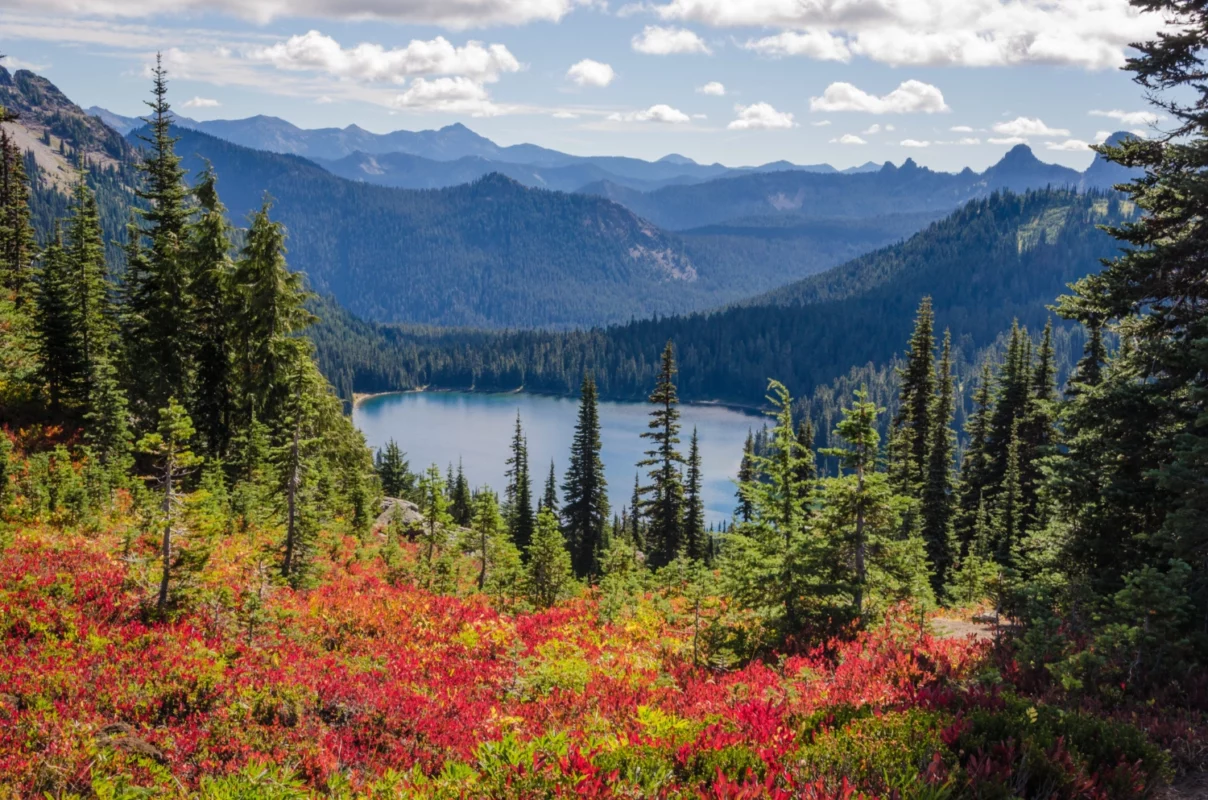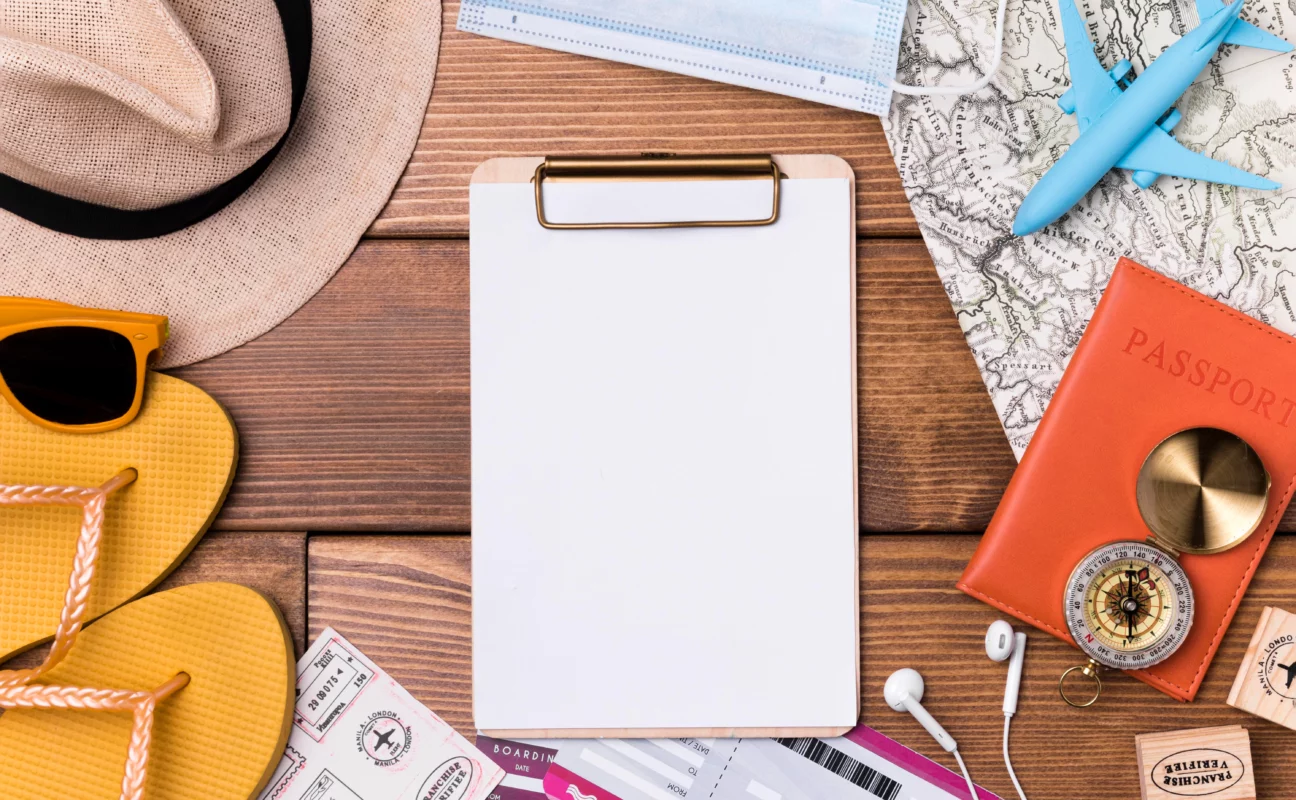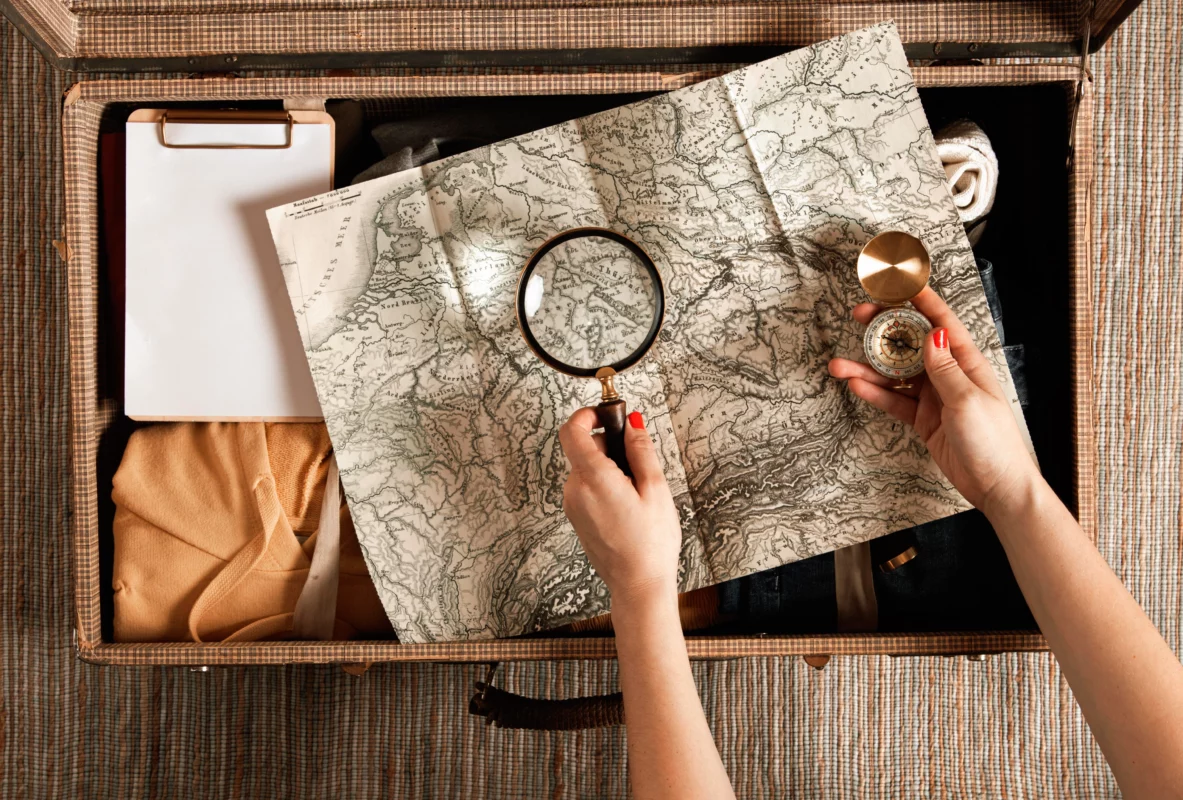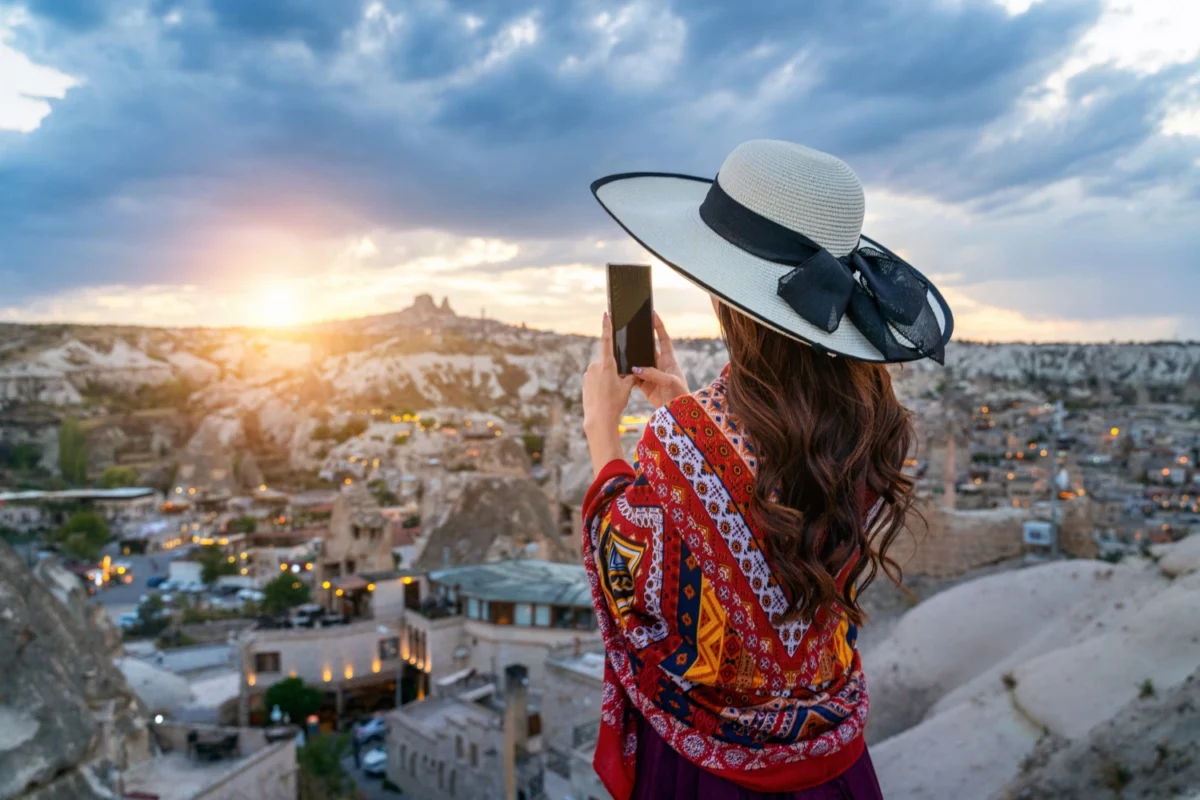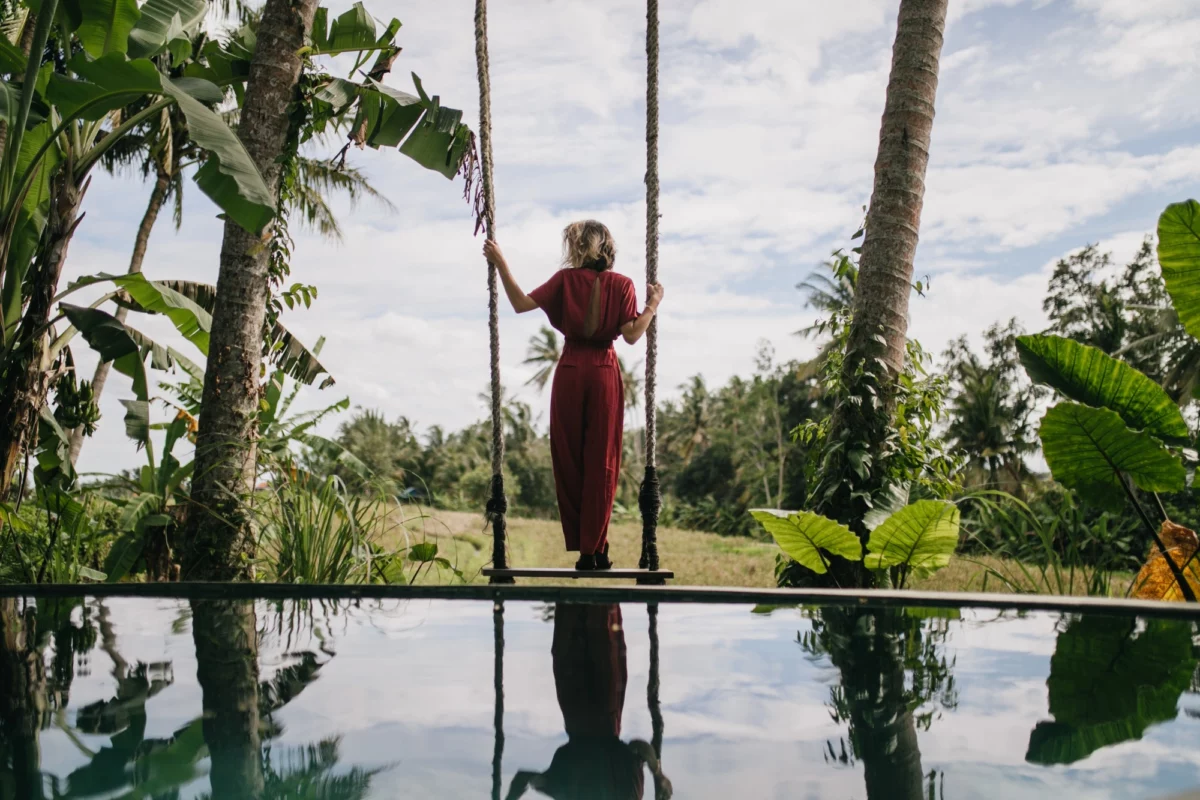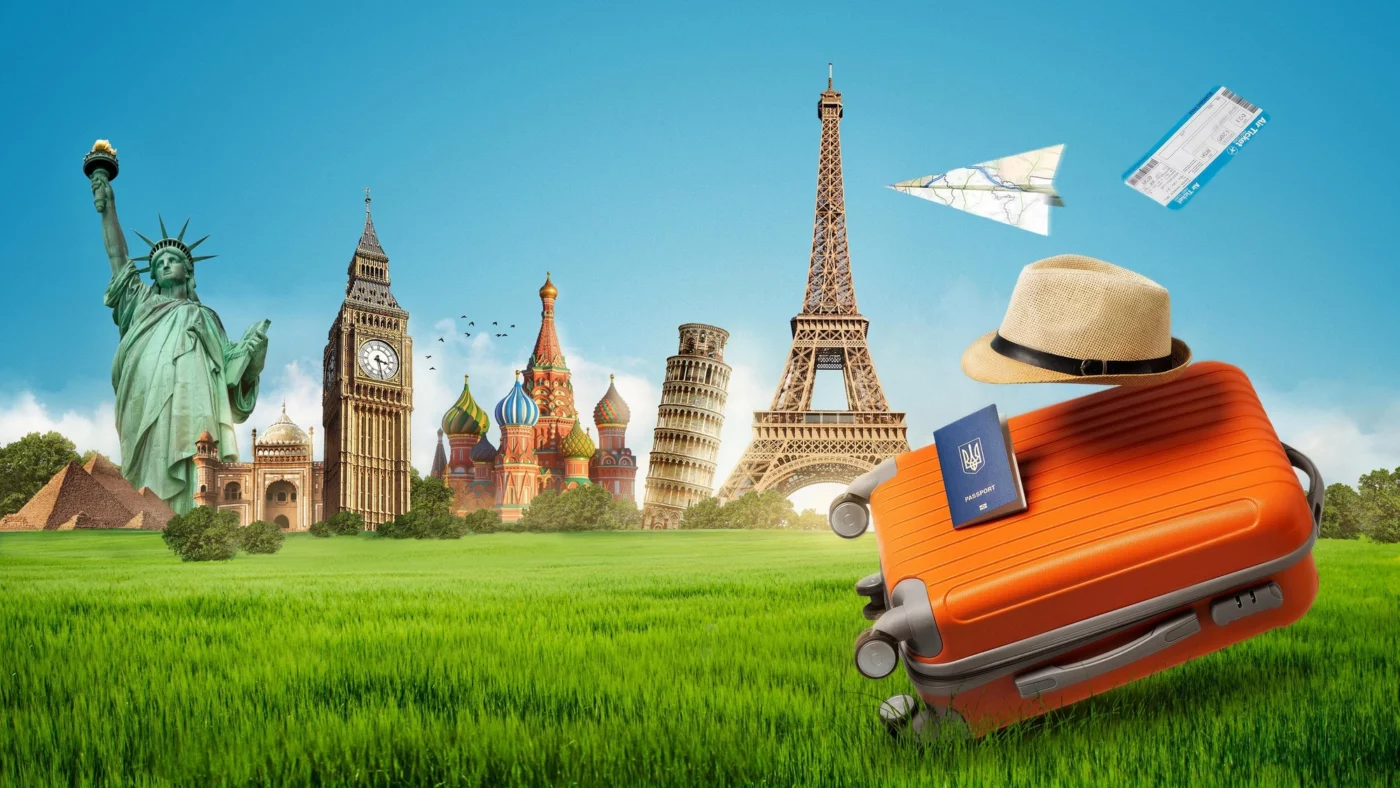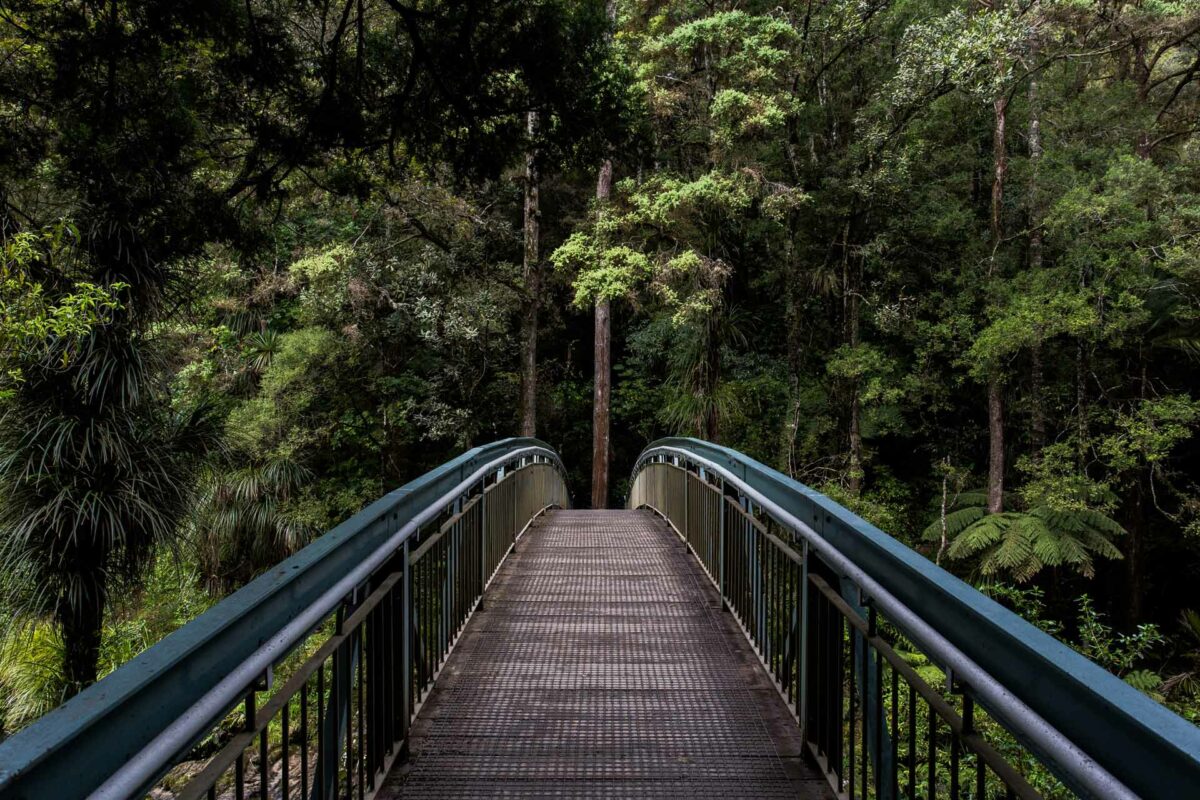National parks offer some of the most breathtaking landscapes and unforgettable wildlife experiences on Earth. From towering mountains to lush forests and vast deserts, these protected areas showcase nature’s incredible diversity. Here are some of the must-see national parks that every traveler should add to their bucket list.
🌲 1. Yellowstone National Park, USA
The world’s first national park is famous for its geothermal wonders, including geysers like Old Faithful, and abundant wildlife such as bison, wolves, and bears.
🌄 2. Banff National Park, Canada
Known for its stunning turquoise lakes and rugged mountain scenery, Banff is a paradise for hikers, photographers, and nature lovers.
🏜️ 3. Torres del Paine National Park, Chile
This Patagonian gem features dramatic peaks, glaciers, and unique wildlife, making it a top destination for adventurous travelers.
🌳 4. Kruger National Park, South Africa
One of Africa’s largest game reserves, Kruger offers incredible safari experiences with the chance to see the “Big Five” animals in their natural habitat.
🏞️ 5. Plitvice Lakes National Park, Croatia
Famous for its cascading lakes and waterfalls, this UNESCO World Heritage site is a dream for nature enthusiasts and photographers.
🌟 How to Make the Most of Your Visit
- Plan your trip during the best seasons to avoid crowds and enjoy optimal weather.
- Take guided tours to learn about the park’s ecology and history.
- Respect wildlife and follow park rules to protect these precious environments.
🌍 Final Thoughts
Visiting national parks connects us to the natural world in a way few other experiences can. These incredible places inspire awe, relaxation, and a deep appreciation for the planet’s beauty.
